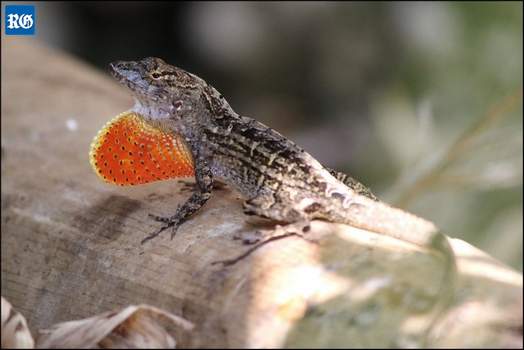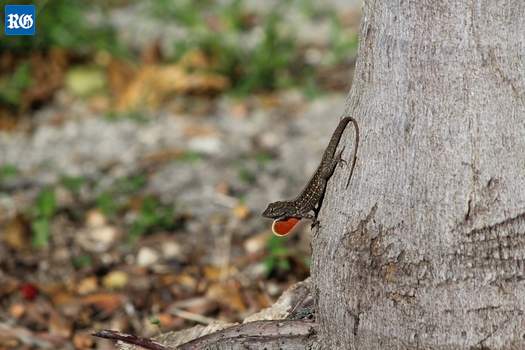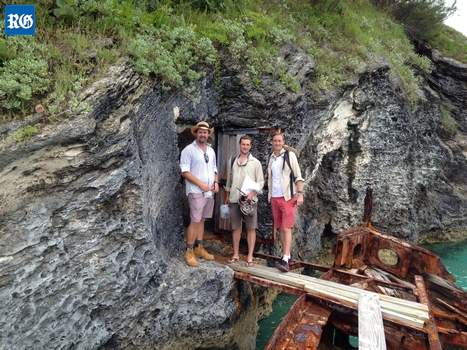Recent News
BAMZ Releases Ten Rehabilitated LongtailsWednesday, September 11, 2013
Since July, the Bermuda Aquarium, Museum & Zoo [BAMZ] has had 15 longtails brought in for rehabilitation, thanks to calls from the public, including three adults and 12 chicks. To date, 10 have already been released, and one will be released soon
Reef Watch set to become an annual event
Tuesday, September 10, 2013
Over 100 people participated in the first ever Reef Watch hosted by the Bermuda Zoological Society that raised more than $21,000 for reef conservation awareness
Recently Held “Reef Watch” Hailed A Success
Friday, September 06, 2013
On Saturday [Aug 31], 21 boats made their way to over 40 reef sites around the island to take survey of the state of the coral, color and quantity of specific types of fish.
Reef Watch was fun and useful… …and volunteers are wanted all year round
Friday, September 06, 2013
Who knew that armed with just mask, snorkel, clipboard and a hula-hoop you can become a citizen scientist?
Reef Watch raise more than $15k
Wednesday, September 04, 2013
The inaugural Reef Watch citizen science research and awareness drive on Saturday has so far so far raised some $15k.
About
GovernanceAbout Us
Newsletter
Latest News
Gift & Bookstore
Contact
General Inquiries
info@bzs.bm
Latest News
All the latest updates and news from the Bermuda Aquarium, Museum, and Zoo, one of Bermuda's leading visitor attractions!
Jonathan Bell
Published Nov 2, 2017 at 8:00 am (Updated Nov 2, 2017 at 6:05 am)

The brown anole lizard in Bermuda (Photograph by James Stroud)
Bermuda’s endangered skinks are soon to cross paths with a thriving invasive species that already outnumbers the entire native population.
James Stroud of Florida International University said the brown anole lizard had been recorded “living in some of the highest densities of any terrestrial vertebrate on Earth”.
Dr Stroud’s report was shared with The Royal Gazette in the wake of an article on the lizard’s spread after the reptiles were spotted around Aberfeldy nursery in Paget.

The brown anole lizard in Bermuda (Photograph by James Stroud)
Other clusters of the foreign lizard were found on the grounds of Belco and a lumber yard at Mill Creek, both in Pembroke.
The report, with Sean Giery from North Carolina State University and Mark Outerbridge from the Department of Environment and Natural Resources, “conservatively” estimated there were 4,000 to 5,000 of the lizards on the island — dwarfing a total skink population of 3,500.

Researchers on Nonsuch Island: from left, Mark Outerbridge of the Department
of Environment and Natural Resources, Sean Giery from the University of Connecticut,
and James Stroud of Florida International University (Photograph supplied)
The two species overlap “substantially” — both lizards prefer to stay on the ground, and eat the same ground-dwelling insects and spiders.
The scientists estimated that contact between the species might occur in less than ten years.
Brown anole numbers appear to reflect “an initial stage of invasion, and prior to exponential growth” — meaning the lizards could become a familiar sight around the island.
The brown anole, which is originally from the Caribbean, has spread around the world — partly because the lizards are popular as pets.


